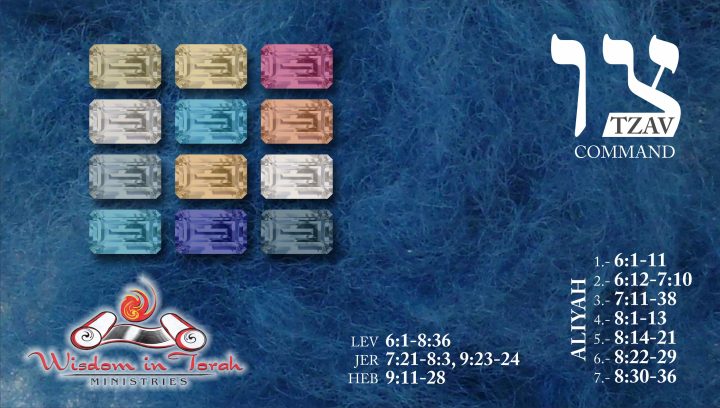
Don't Forget to Share!
This Parashah covers additional instructions for the priests concerning the sacrifices as well as the narrative account for the initiation of the Aaronic priesthood.
This page includes Torah Portions from multiple years covered by Wisdom in Torah. Each year we covered the Torah from a different perspective so you can explore each Parashah from a different perspective and focus.
- 2010 Portions: Focus on Messianic connections in the Parashah
- ANET Portions: Focus on the ancient Near Eastern cultural context of the Parashah
- Mitzvot Portions: Focus on explaining and exploring the commandments found in the Parashah (in progress)
- 2015 Portions: Revisiting the Parashah looking at the ancient cultural context more in depth with additional areas that have been researched
- Brit Portions: Focus on connecting the Brit Hadashah (New Testament) to the Parashah
Oops, this is members-only content
This page requires at least a basic level membership to access the teaching.
Audio
Oops, this is members-only content
Resources
The following is a list of recommended resources for this teaching:
- There are no resources at this time.
Categories
26 thoughts on “Torah Portion Tzav Complete”
Leave a Comment
You must be logged in to post a comment.

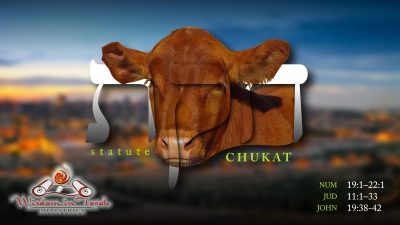
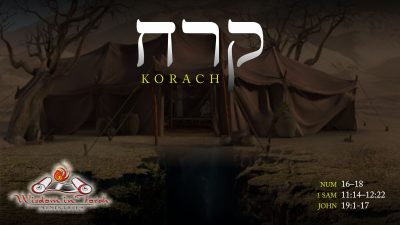
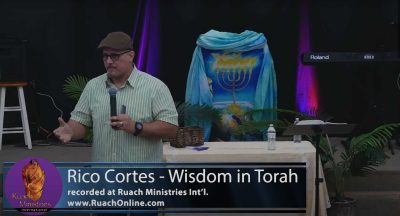
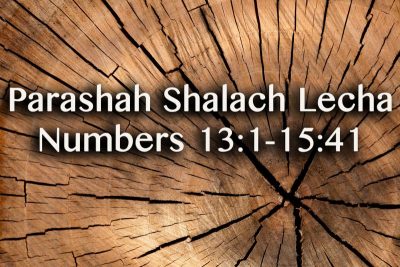
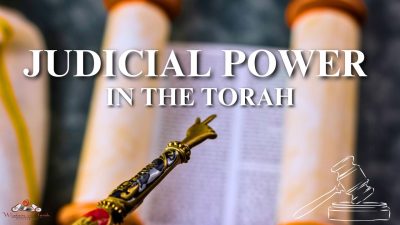
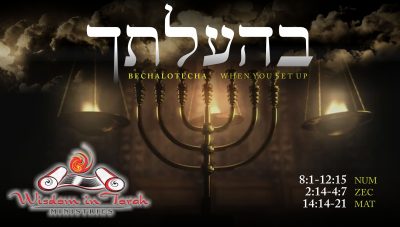
I want to know why I cannot view the Brit Video. I have a full access membership and I don’t understand why it is blocked
Just a minor thought that struck me between the eyes while listening to this weeks message from 2015.
If we are told to be holy and holy comes from Kodesh or Set Apart.
What am I doing to set myself apart from those who are not holy?
Why is the Brit portion a private video???
What’s up with the “private video” of the Brit Portion??? How can I view it?
So, what happens, the Temple is destroyed, the people scattered. Yet men say they are annointed? How can this be true? They may be very educated, talented but is anyone really annonted in the days without Red Heifer cleansing, no Inguration of Temple and installation of Priests with blood and oil?
Brother Rico:
How is the spelling of third reference shown? the one that ends with Korbanot? Gracias
What is so cool and amazing to me to understand is this. The Priests acquired honor and position after the sin of the golden calf. And then afterwards, their descendants received ascribed honor because of lineage. What an honor and remembrance of what their forefathers, the tribe of Levi, did at the sin of the golden calf for YHVH’s honor.
I found this in the JPS torah comentary Num. Excursus #38 page 413
But what is there about the tsitsit that would remind its wearer of holiness? The earliest rabbinic sources, perhaps dating back to biblical days, taught that the tsitsit are shaʿatnez, a mixture of wool and linen (LXX, Targ. Jon. to Deut. 22:12; cf. Rashi, Ibn Ezra on Deut. 22:12, Men. 39b–40a, 43a, Lev. R. 22:10). In fact white linen cords and dyed woolen cords were found in the Bar Kockba caves, proving that the rabbinic teaching was actually observed. Now the wearing of shaʿatnez is forbidden to the Israelite (Lev. 19:19; Deut. 22:11), patently because it would resemble some of the priestly garments made from a blend of linen and wool (e.g., Exod. 28:6; 39:29; the colored cloths are wool). In fact, the High Priest’s linen turban (Exod. 28:39) is bound by a petil tekhelet, a violet woolen cord (Exod. 28:37). Thus shaʿatnez is forbidden because it is a holy mixture, reserved exclusively for priests and forbidden to nonpriests. That shaʿatnez is forbidden because it is holy can be derived from the injunction: “You shall not sow your vineyard with a second kind of seed, else the crop—from the seed you have sown—and the yield of the vineyard (literally) will become sanctified (yikdash)” (Deut. 22:9); that is, it will belong not to you but to the sanctuary. However, early in the rabbinic period it was taught—perhaps stemming from a biblical practice—that every Israelite should wear tsitsit made of shaʿatnez. (Cf. also Tosafot on Deut. 22:11.) Thus the tsitsit, according to the rabbis, are modeled after a priestly garment that is taboo for the rest of Israel!
The tsitsit, then, are an exception to the Torah’s general injunction against wearing garments of mixed seed. But, in actuality, inhering in this paradox is its ultimate purpose. The resemblance to the High Priest’s turban and other priestly clothing can be no accident. It is a conscious attempt to encourage all Israel to aspire to a degree of holiness comparable to that of the priests. Indeed, holiness itself is enjoined upon Israel: “You shall be holy, for I, the LORD your God, am holy” (Lev. 19:2; cf. 11:44; 20:26). True, Israelites not of the seed of Aaron may not serve as priests (cf. 17:5) but they may—indeed, must—strive for a life of holiness by obeying God’s commandments. Hence, they are to attach to their garments tassels containing one violet cord, a woolen thread among the threads of linen. Indeed, the use of mixed seed in the prescribed garments reveals a gradation in holiness. The outer garments of the High Priest are shaʿatnez; the belt of the ordinary priest is shaʿatnez (Exod. 39:29; cf. Yoma 12b); and the fringes of the Israelite are shaʿatnez by virtue of one violet woolen thread. The fact that the cord is woolen and violet marks it as a symbol of both priesthood and royalty, thereby epitomizing the divine imperative that Israel become “a kingdom of priests and a holy nation.”
Milgrom, J. (1990). Numbers (p. 413). Philadelphia: Jewish Publication Society.
Nice post thanks for sharing with us. I forgot about this information and I am glad you shared it.
Shalom. By any chance, do you have some information about the use of tzi-tzi, used by a woman??
Shalom. By any chance, do you have some information about the use of tzi-tzi, by a woman??
Shalom kullam!
I really appreciate the work that you have done Ryan. I enjoy all of the teachings that are on the WIT site, and I praise Yahweh for all of you. This week again, has opened up even more questions for me to search out, but I thank you for this. I know for many people, the nuggets are a quick and easy teaching source, but I really enjoy the hours of study that we had before. I look forward to all of the teachings each week, as I re-listen and study along with Rico, Ryan and Daniel each week, along with the other teachings that Rico has done along the lines of each weeks Torah portion. I am blessed to have the time to do this. So, I just want to say thank you Ryan, Daniel and Rico for all you do for us, the body of Messiah, in bringing us closer to being like Him.
Shaom and blessings to all of you…
Ken
Wow! So much in this Torah nugget. Thanks Ryan!
I think demons can not be fallen angels, because ” For if God spared not the angels that sinned, but cast them down to hell, and delivered them into chains of darkness, to be reserved unto judgment”. So they are in chains.
Genesis 6:4 talks maybe about nephilims. There are teachings that when those nephilims died, they became as demons. What do you think about that from torah point of view?
Hi,
I have heard teachings on the nephelim becoming demons but don’t really subscribe to that as it is pure speculation based off of apocryphal sources that date to around the first century and thus aren’t very reliable. The Tanakh really doesn’t focus much as to what exactly those forces of spiritual evil. Even the name Satan is actually misunderstood; in the Hebrew it has the definite article ‘hey’ which is never applied to a proper name and thus it would be better rendered ‘the adversary’. This depersonalization not only shows the unimportance of the adversary but it also shows a lack of concern for his essence. 2 Peter 2:4 does state that that God cast the angels down to ‘Tartaros’, but I would have to do a more complete study on the concept of the fallen angels to give a educated opinion on their disposition.
It would probably have been better to just state that “demons” in the first century were seen as the spiritual beings which are under the adversary’s dominion which can have an effect on humans.
Thank you for pointing that out. Shabbat Shalom!
Not all “demons”/”Fallen Angels” were cast down to Sheol.
Hence why you have the god of this world still alive and kickin’, until his final goodbye when he is thrown into the lake of fire, because he is not yet bound.
@Ryan White That’s true, the depersonalization of hasatan is a good point. –There are many adversaries, I don’t only say it is the particular fallen one known commonly as “lucifer”(a personalized name that has been derived from 2 translations, definitions and then a transliteration.) –I usually just say “the enemy” or literally, hasatan..
Good points.
Great torah nugget. Also as you stated going back over the sin and sacrifice series, Purification offering as well as the ANE of this portion. How I have viewed all this information when it was first done and now my eyes opened more and changed so much. As all of you said, if you read Leviticus and don’t change, then read it again. That is so encouraging, for I have changed since last year and will be excited as I con’t allow the Master to con’t in that change. Thanks for all your work, which that word seems minimal to how I feel about all the great work that Yahweh is doing thru this ministry and those involved. But thanks, Shalom